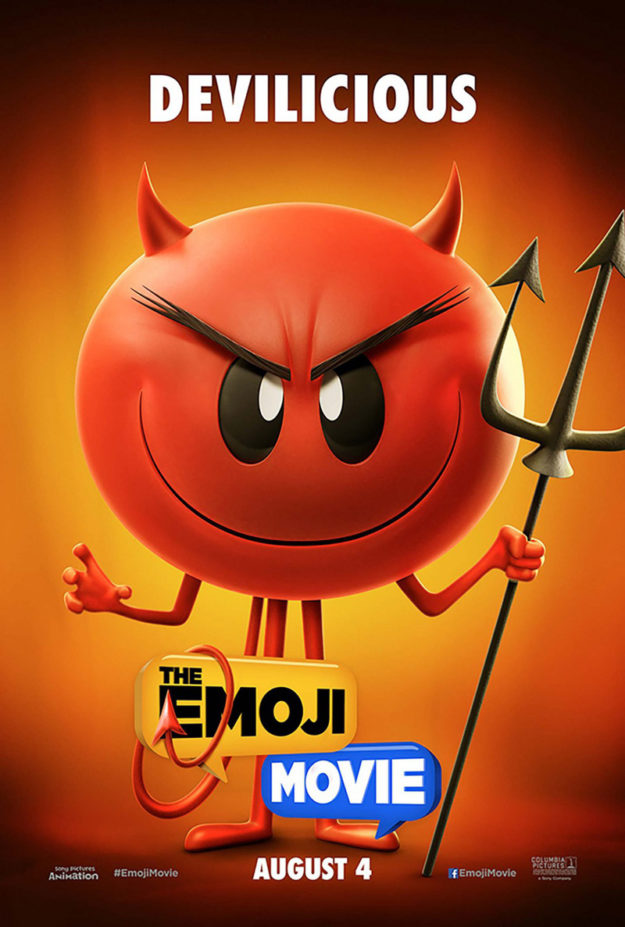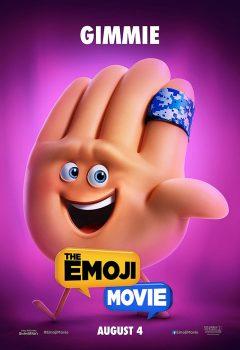If emojis were alive, their job would not be easy: called on at all hours to show up on screen happy-faced, with heart-shaped eyes, as mini-pizzas or even piles of poop. They form the indispensable background to our digital lives.
It is almost impossible to imagine a text message without emojis. These thousands of symbols establish the tone to our communications: happy, sad, annoyed, frustrated, ironic. New York’s Museum of Modern Art (MOMA) last year recognised their importance, adding them to its collections.


Enter Gene (voiced by TJ Miller), an emoji born without a filter and having multiple expressions. Frustrated, Gene embarks on an adventurous effort to become “normal” like other emojis, with the help of his friend “Hi-5” – the “Give me five” hand, voiced by James Corden – and of hacker Jailbreaker (Ilana Glazer).
The protagonists wander through “the cloud” and pass through various cell-phone applications, like Instagram, Spotify and even Candy Crush, where Gene risks being mistaken for a yellow candy and getting crushed as part of the game.

Other voices are provided by Colombian actress Sofia Vergara as a flamenco dancer, and Jennifer Coolidge, Maya Rudolph, Jake T Austin and Patrick Stewart. Gene, like his father and mother, is supposed to carry on the family tradition by representing the indifferent emoji “Meh.” His family is the supplier of that expression, adding to the pressure on Gene to fall in line.
“He not only feels like an outsider, he feels like a failure,” says Miller, who took part in the round-table. His adventure is a “last shot at fitting in.”
The film by Leondis, who also directed Lilo & Stitch 2, has blockbuster potential, according to specialised website Exhibitor Relations: It predicts $350 million to $400 million in world ticket sales.
The filmmaker explained that the biggest challenge was to create his own design of a cell phone and original emojis not resembling those of any commercial brand. Every illustration was subjected to an almost clinical inspection by the studio’s legal department.
The film’s writers decided that emojis do not eat or drink. “You’re not gonna eat Pizza,” quipped Miller. “That’s cannibalism.”
Their scenes of everyday emoji life are full of humour. “So, I told management, I can’t work like this. These lights, I’m melting in here,” says Ice Cream Cookie in a typical office conversation. “This is such a lot of…” one employee says, before realising that he is speaking in front of the excrement emoji (Stewart), who tells him dead-seriously, “No, go ahead, finish that sentence.”
There is a sort of VIP area where the most popular emojis can gather. A security guard at the door refuses to let Hi-5 enter because he is no longer a member. Alex had traded him in for the clenched fist emoji – cooler, at the moment, in adolescent eyes.







